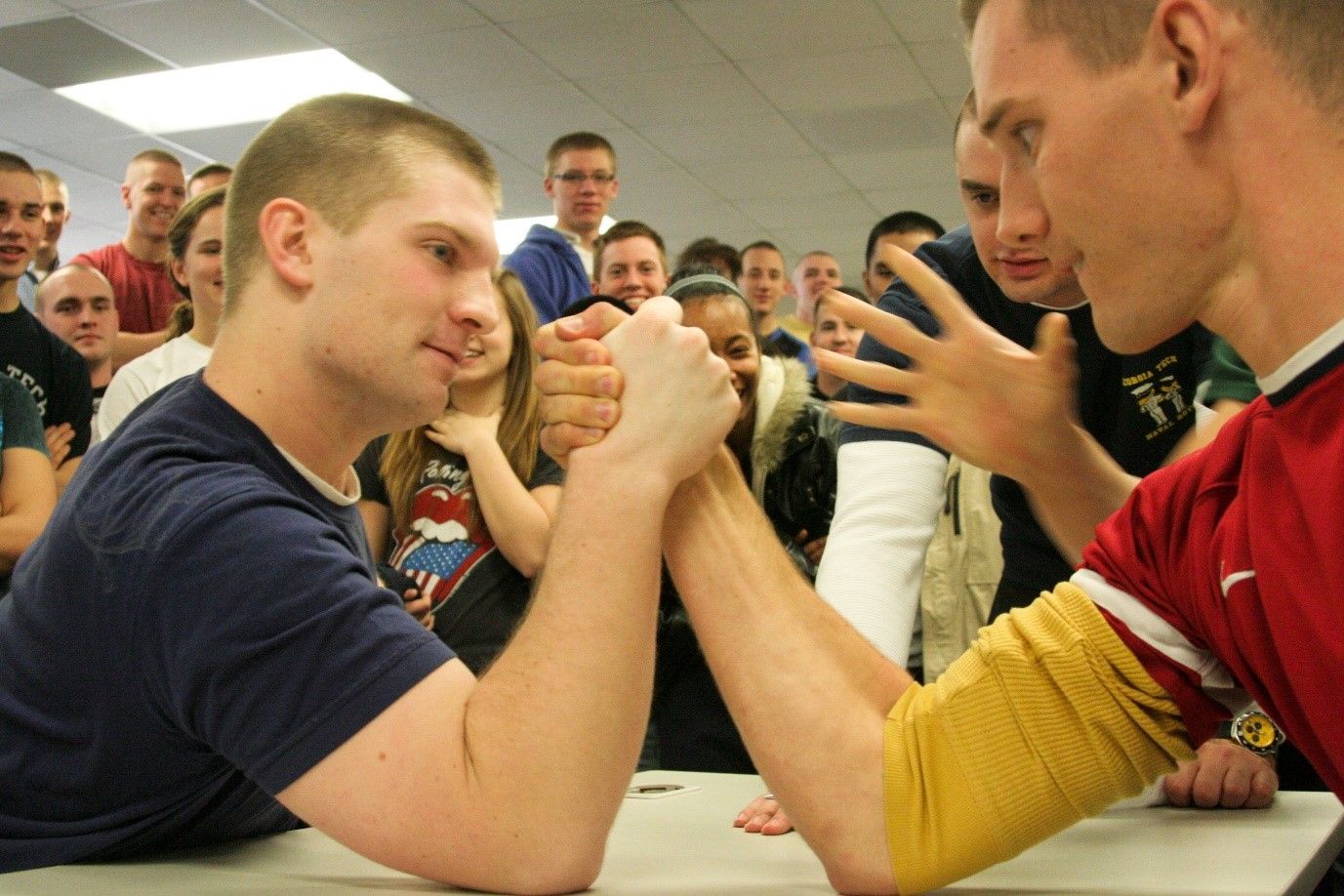There’s no single corporate culture. Google is a very different place to work at than the Bank Of China, for example. This is important to know when undertaking gamification projects because the kind of gamification that would thrive at the Bank of China is likely to be far less successful than it would be at Google (and vice-versa). If you’re a gamification designer working in a corporate environment, for instance, you’ll need to spend some time examining the specific corporate culture in order to have the best chance of success.
Differences Are Everywhere
When you’re developing a gamified system for an enterprise, one very important aspect to consider is the workplace culture. It’s important to remember that culture may vary within the organization. Another point to keep firmly in mind is that many companies have the feel of being little nations in themselves, complete with their own rules, customs and costume (i.e., uniform, suit), etc.
“Company cultures are like country cultures. Never try to change one. Try, instead, to work with what you’ve got.”
— Peter Drucker, Management consultant and best-selling author
The author has been Head of Training in a Saudi Arabian company. His department was run fairly informally; his staff was encouraged to think and act for themselves, and they were also encouraged to cooperate and work together.
His counterpart, the Head of Personnel, ran his department very differently. He liked a formal culture where every decision was cleared by him before being acted upon, and he liked his staff to compete with each other. Please note, neither the author nor the other manager is pictured below.
 Author/Copyright holder: ITU. Copyright terms and licence: Fair Use.
Author/Copyright holder: ITU. Copyright terms and licence: Fair Use.
Corporate culture can be a reflection of local culture, but you can’t take that for granted. Research is required in order to give you insight into the way a company works.
There are no rights and wrongs when it comes to work culture, but even within an organization widely varying extremes can be present. Appearances can deceive, but they can also inform and impart vast amounts of information about what’s going on behind the desks in a concourse.
There are several aspects of culture you may wish to consider when you develop your system, as offered by Janaki Kumar and Mario Herger in their book, Gamification at Work: Designing Engaging Business Software:
Formal vs. Informal
Stereotypes abound in this area, so it’s important to check that they really do exist. It may be true that most high-tech companies are less formal than financial institutions, but there are exceptions to every rule. You may find that the communications department is very formal and that the sales team is far less so, but it’s important to know this for a fact rather than assume it is. Spend a little time walking the floor and observing; it won’t take more than a minute to ascertain this aspect of the work culture.
You need to reflect formal or informal cultures in the language and graphics of the gamified system you’ll design.
Competitive vs. Cooperative
You may not believe it, but we’ve encountered several cooperative sales environments. In general, we think of sales environments as one of the most competitive business functions, but it’s not always the case. Some people find competition highly motivating, whereas others find it utterly demotivating. Likewise, collaborative environments really bring out the best in some folks, whereas they are absolutely uninteresting to others. You don’t want to introduce a leaderboard into a collaborative environment—because it may distract from the fun rather than enhance it. On the other hand, social sharing schemes may not suit the highly competitive player.
 Author/Copyright holder: Hector Alejandro. Copyright terms and licence: CC BY 2.0
Author/Copyright holder: Hector Alejandro. Copyright terms and licence: CC BY 2.0
You cannot assume that a work culture or functional culture will be competitive; there are some sales cultures, for example, that are very much collaborative.
Structured or Unstructured?
A work culture may be highly structured with strict rules and regulations as to how work should be undertaken. In other places, and this is often true of startup cultures, things may be much more ad hoc. Some work environments will hold the individual responsible for business outcomes, whereas others may offer much greater degrees of latitude and cushioning in the event of error (and, conversely, less celebration in the event of success!).
The level of structure in an environment will guide you on how clear you need to be about the rules of certain mechanics, and it will help you to ascertain how much information you need to provide and when you would need to give feedback to a player.
Individual Rewards or Team Rewards?
Is it “all for one and one for all” or a more cut-throat workplace? Does the business reward individuals for great achievement, or does it reward teams? Your game mechanics need to reflect this.
Once again, a leaderboard is perfect for a company that prizes individual achievement. You may need to rethink a leaderboard approach if the company prizes the entire team. You can still make a leaderboard work for a team (aggregated scoring), but you would need to present it differently in order to increase the fun level at work rather than impede it.
If you can determine which of each of the four cultures that you need to cater to, your gamification project will have a much higher chance of success.
 Author/Copyright holder: Darren Foreman. Copyright terms and licence: CC BY 2.0
Author/Copyright holder: Darren Foreman. Copyright terms and licence: CC BY 2.0
Leaderboards are common in games and are often used in gamification projects, but would a leaderboard suit your work culture?
The Take Away
Corporate culture has a strong influence in how players will approach a gamification project. If your project doesn’t match the culture, it may struggle to succeed. Some of the key observations of corporate culture are that it can be seen in terms of formal vs. informal, structured vs. unstructured, competitive vs. cooperative, and rewards by individual or team based. However, these are not rigid definitions of a culture, and there may be other vital cultural factors to consider during design. Research will reveal what you really need to know, but keeping your powers of observation as you move around the place will pay dividends, too.
References & Where to Learn More
Janaki Mythily Kumar and Mario Herger, Gamification at Work: Designing Engaging Business Software, The Interaction Design Foundation, 2014
Hero Image: Author/Copyright holder: Steve Jurvetson. Copyright terms and licence: CC BY 2.0




